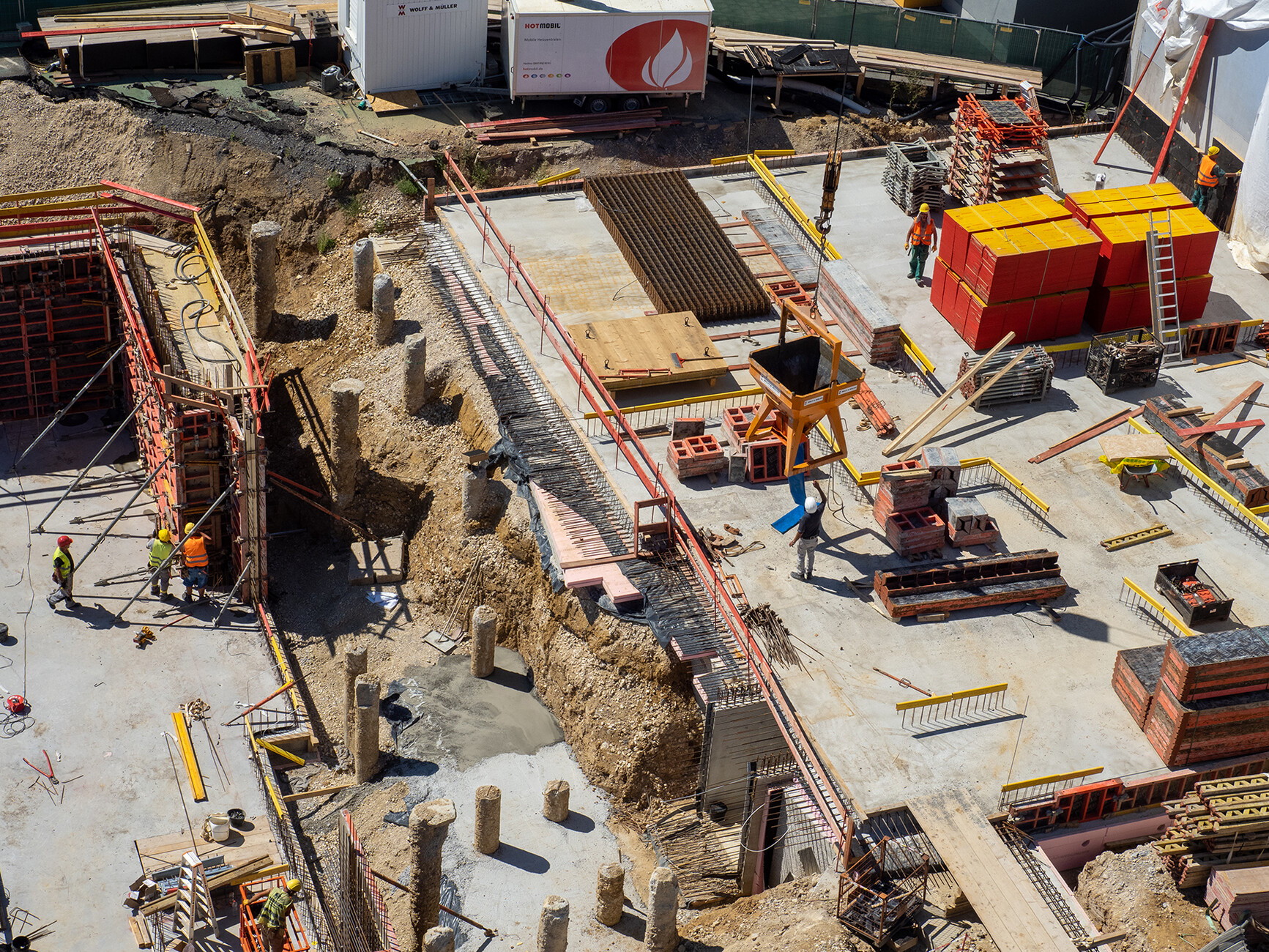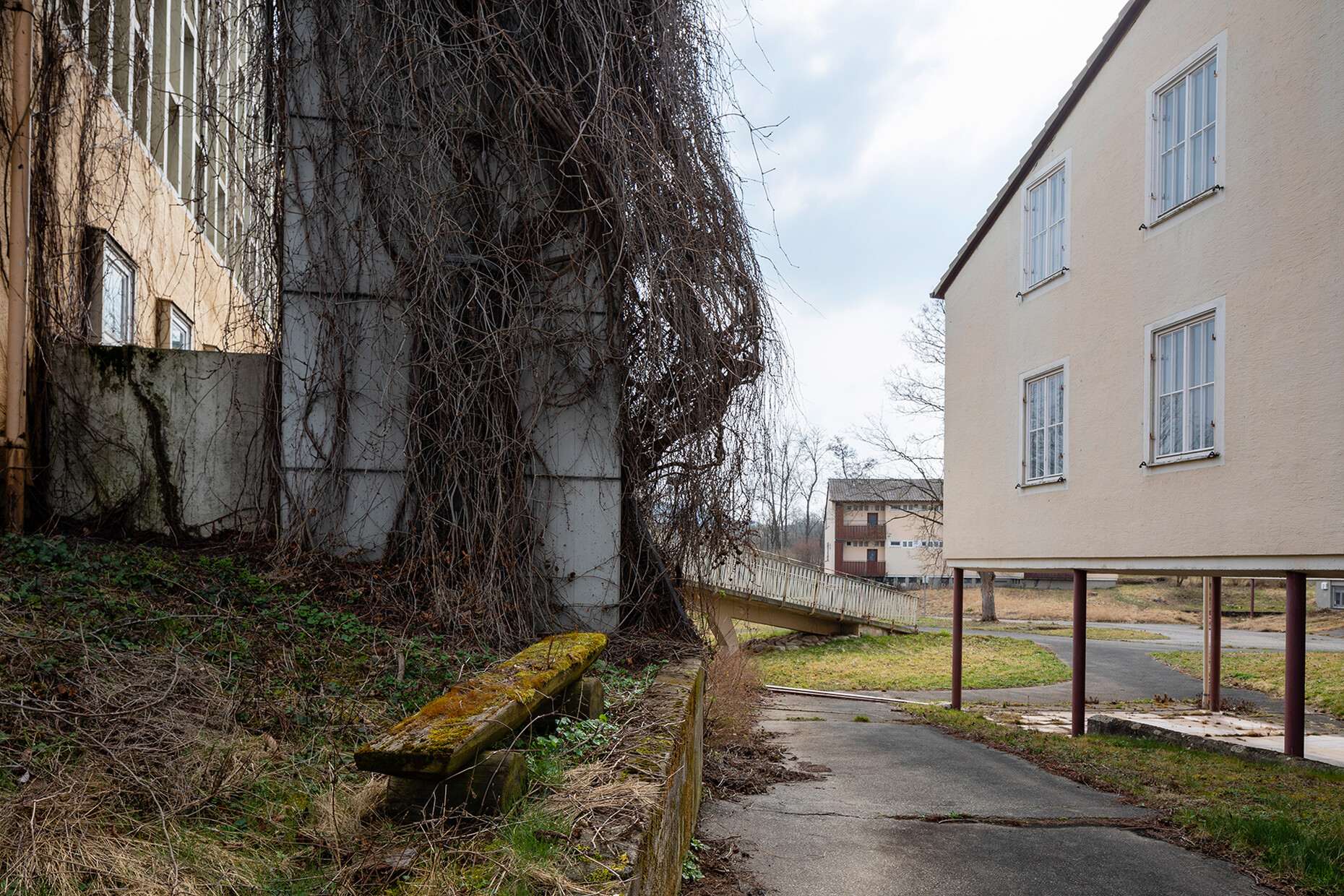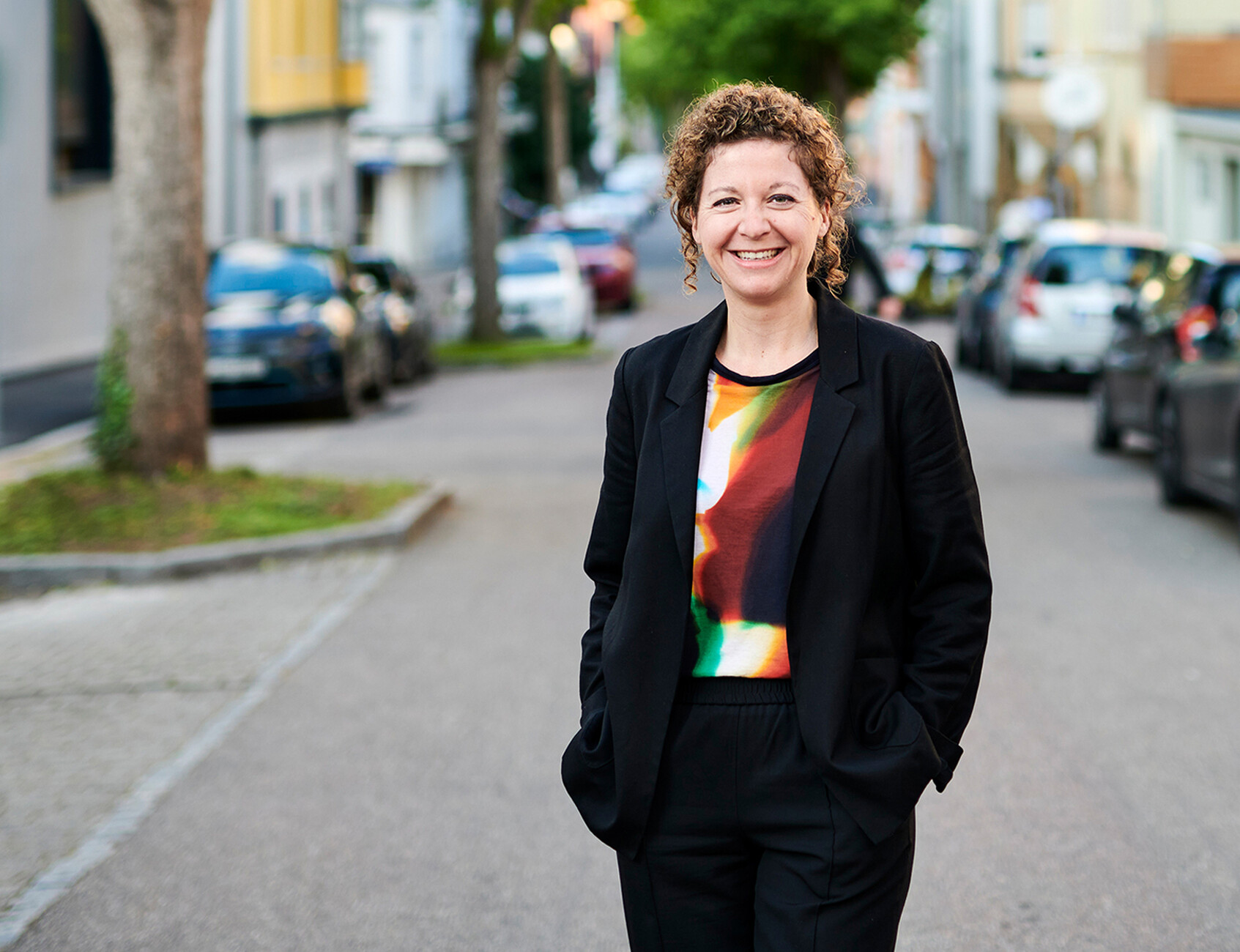SUSTAINABILITY
The courage to change
During the International Building Exhibition, which is scheduled to have its exhibition year in 2027, the Stuttgart city region is addressing a wide range of topics. Since 2018, municipalities, initiatives, companies and private sponsors have been applying to participate with their projects. The individual projects in the form of commercial and residential districts, infrastructures and individual buildings deal with aspects such as social and functional mixing, new mobility concepts or the appreciative use of materials. One of the aims of the IBA'27 is to develop scenarios together with the individual project promoters that can be transferred to other contexts. The aim is to create sustainable solutions that contribute to ecological, technological and social change.
Alexander Russ: What is the concept for IBA'27 in Stuttgart?
Tobias Schiller: The Weißenhofsiedlung in Stuttgart was completed in 1927. At that time, the representatives of new building asked themselves how modern city dwellers should live. We have expanded this question for the IBA'27 by seeking answers to the question of what living and working of the future can look like and how both can best be combined. In short: how can we really build for the future? In doing so, we are pursuing very practical approaches, primarily in the form of building projects implemented by project promoters from the Stuttgart region in exchange with the IBA'27.
What specific topics do you cover?
Stefanie Weavers: The productive city has emerged as a central theme. This is about a mixture of uses, for example, bringing together living, working and also producing. Linked to this are topics such as new forms of housing, durability and circular planning and building. It is particularly important to us that we do not want to create one-off lighthouse projects, but instead develop a kind of toolbox that can be used after the IBA'27. So it's about changing ways of thinking and convincing municipalities of new processes.
The Weissenhofsiedlung as a prototype of modern urban development and housing was the epitome of a lighthouse project at the time. Linked to this was a clear ideological stance, such as the separation of functions that was later adopted in the Athens Charter. Doesn't that contradict your approach?
Tobias Schiller: For us, the Weißenhofsiedlung is the starting point for rethinking things. Questions were asked back then that still concern us today – for example, what affordable, high-quality and healthy housing can look like. New construction techniques and building methods were also tested. But many answers are different today, especially when it comes to the question of the separation of functions. What serves as a model for us in particular is the courage that the city of Stuttgart, the Deutscher Werkbund and the architects involved mustered back then. And one must bear in mind: This radically new project was implemented within a year, including approval. To think and implement things in such a fundamentally new way is a great inspiration for the IBA'27.
Some of your projects, such as "Der neue Stöckach" in Stuttgart or the "Produktive Stadtquartier Winnenden", are currently on pause. How are the increased construction costs and interest rates influencing the planning for IBA'27?
Tobias Schiller: The dramatic crises of recent years, most recently in the construction industry, are part of the history of this IBA. But many projects also contain answers to the crises. Of course we don't know how the situation will develop, but the planning for the projects is continuing - even if not everything will be ready in 2027.
One of the goals of the IBA'27 is to create a toolbox for circular planning and building. How does that work exactly?
Stefanie Weavers: Eighty percent of our projects are related to existing buildings, which is why we asked ourselves in advance how best to deal with them - for example, what to do with the existing materials when a building is actually demolished. In this respect, circular building plays a role in almost every IBA'27 project. In order to use the example of the IBA projects to find out how the reuse and recycling of building components and materials can be widely put into practice, we have set up a project on circularity together with Concular from Germany and Block Materials and Fibree from the Netherlands, which is funded by the State Ministry of the Environment. All three companies are located at different interfaces and complement each other optimally.
Three case studies are planned for this purpose: One for the Postareal in Böblingen and two for the Hangweide neighbourhood in Kernen. What exactly is happening there?
Stefanie Weavers: The buildings that are being demolished there are representative of a building stock that can be found everywhere in Germany. The Postareal in Böblingen is a large concrete monostructure from the 1970s. In the Hangweide quarter, it is a three-storey residential building from the 1960s that is contaminated with various pollutants. In addition, there is a smaller building, only 20 years old, which is currently used as a therapy centre for people with disabilities and has to be demolished due to the current urban development plans. We have developed a multi-phase process for this. In the first phase, the materials of the existing building are recorded, digitised and material passports are created.
How do Concular, Block Materials and Fibree get involved in this process?
Stefanie Weavers: Concular and Block Materials each work on one building and the third they work on together. Concular takes care of the interior areas and Block Materials mainly deals with the material from the building construction. There are technical issues associated with this, for example because both companies use different software. That's why you have to create appropriate interfaces. One example would be the calculation of the CO2 savings potential, where we had to agree on a method. Fibree takes over the overall project control and task definition for the projects. In addition, the company helps to develop a network for circular planning and building in order to bundle the various, mainly regional initiatives and companies.
What was the result of the first phase?
Stefanie Weavers: The actual direct reuse potential of entire components and materials was much lower than expected. On the one hand, this has to do with the issue of warranty, because you need individual case approvals for certain components when you reassemble them, which is usually too costly. On the other hand, pollution plays a major role. And often the components are so strongly glued together that they can no longer be separated. We are in contact with universities, research institutions and companies to find out what solutions there are. But beyond this project, we are also looking at new sustainable, bio-based materials. Examples from industry would be TRIQBRIQ, a patented timber construction system that uses polluted and residual wood, or the Belgian start-up IsoHemp, which produces bricks from hemp.
Tobias Schiller: New construction methods and materials are also to be tested in the construction of the IBA projects. One example is the cooperative housing project "Leben in der Vorstadt" (Living in the Suburbs) in Schorndorf, which was designed by Kaiser Shen Architekten and will be built using straw bale construction. For this, there is a regional funding programme to finance additional costs of certain technological innovations.
What is the next step in the circular economy project?
Stefanie Weavers: The second phase is about the exchange with different experts. In the meantime, we have built up a large international network. This is very important because institutions and initiatives often don't know anything about each other. Our project alone has led to new cooperations, also between the companies involved. In addition, there is no central place where people can get information on the circular economy in the building sector. So synergies are lost. That is why we will soon be documenting the reuse of used building materials in the IBA projects on our website – coupled with an information platform. The latter will contain information on circular planning and building as well as addresses with contact points. One example is the Innovation Centre for Circular Building (InZiBau) of the Baden-Württemberg State Institute for the Environment (LUBW), which was founded in Karlsruhe in 2022 and will advise municipalities in Baden-Württemberg.
Circular building can give rise to new ideas for business models. What kind of experiences have you had in this regard?
Stefanie Weavers: We are approached by many companies from the construction industry that want to set up a recycling capability, but do not know how this can be implemented in concrete terms. Of course, the issue of warranty also plays a major role here. There are still many unanswered questions in this area. At the same time, we are noticing that more and more companies are taking back their products and recertifying them. In addition, there are now insurers and banks that deal with the issue. Another idea is to develop a leasing model for products that are used in a new building. That means I no longer buy the products, but rent them until the building is demolished. For this, you have to develop corresponding holistic concepts that can be implemented regionally. The building thus becomes a resource.
How can we create incentives so that developers actually implement such concepts?
Stefanie Weavers: We are in exchange with various ministries and are discussing the issue. In any case, more flexible funding instruments are needed. One example is urban development funding, with which you can reach many municipal and private building owners – for example, if you act as an advisor in the redevelopment of a neighbourhood. If you create financial incentives for circular renovation there, that is an effective tool. In principle, circular building creates a breeding ground for new financing and business models. However, you should not only convince people with money, but also with arguments and, above all, projects that show what is possible.
How will guidelines and regulations such as the European Green Deal or the EU taxonomy change construction?
Stefanie Weavers: Circular planning and building will become the new normal. However, this requires a uniform EU-wide digital infrastructure that all participants can dock onto. This would be the basis for searching for partners, know-how and information on a region-specific basis and then implementing the respective project. However, as I said, it is also important not only to wait for specifications, but to rethink one's own actions and to use the scope that already exists. The basis for this is an understanding of the interrelationships and processes in circular planning and building. This is what we are trying to convey with our pilot project on closing the loop.











